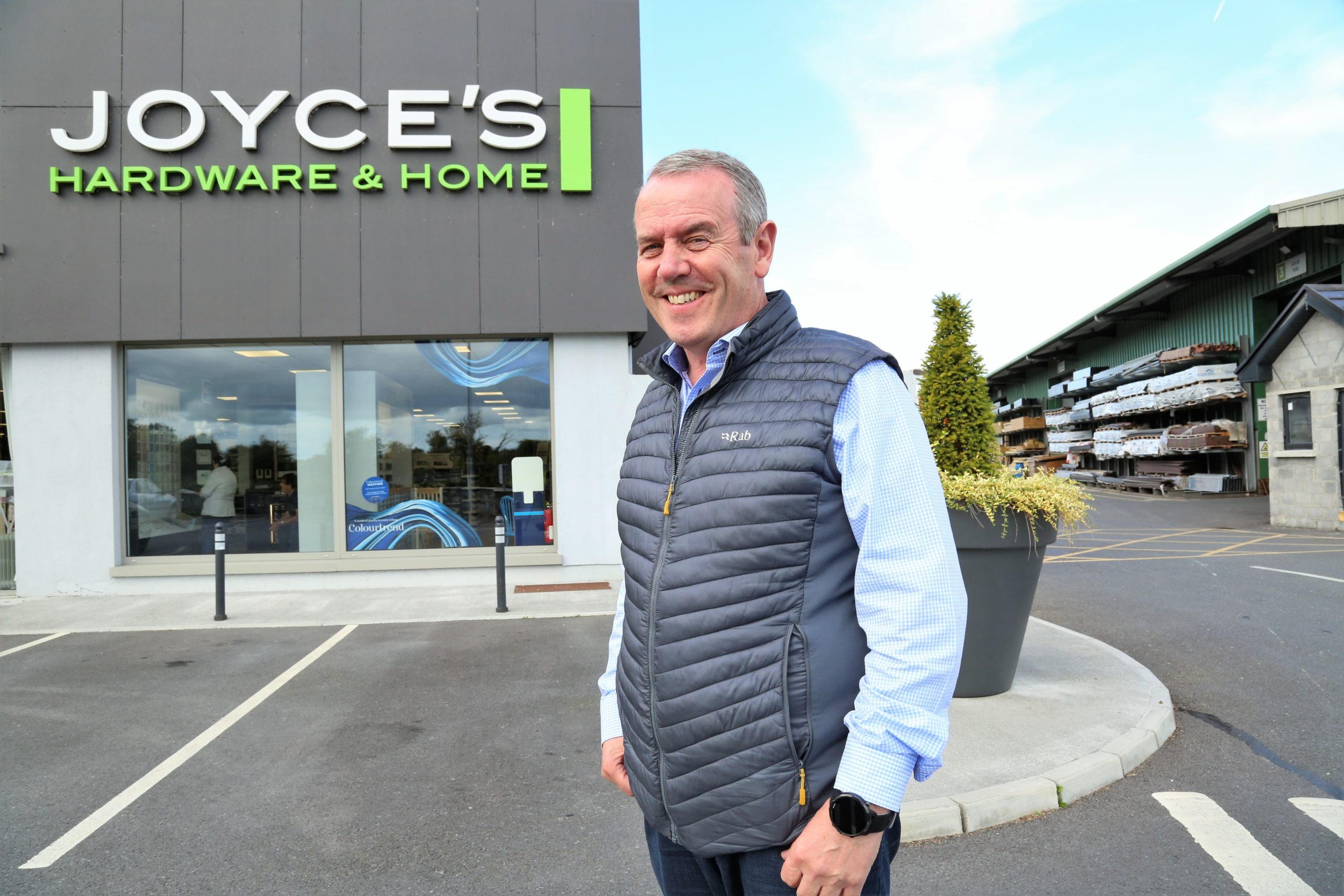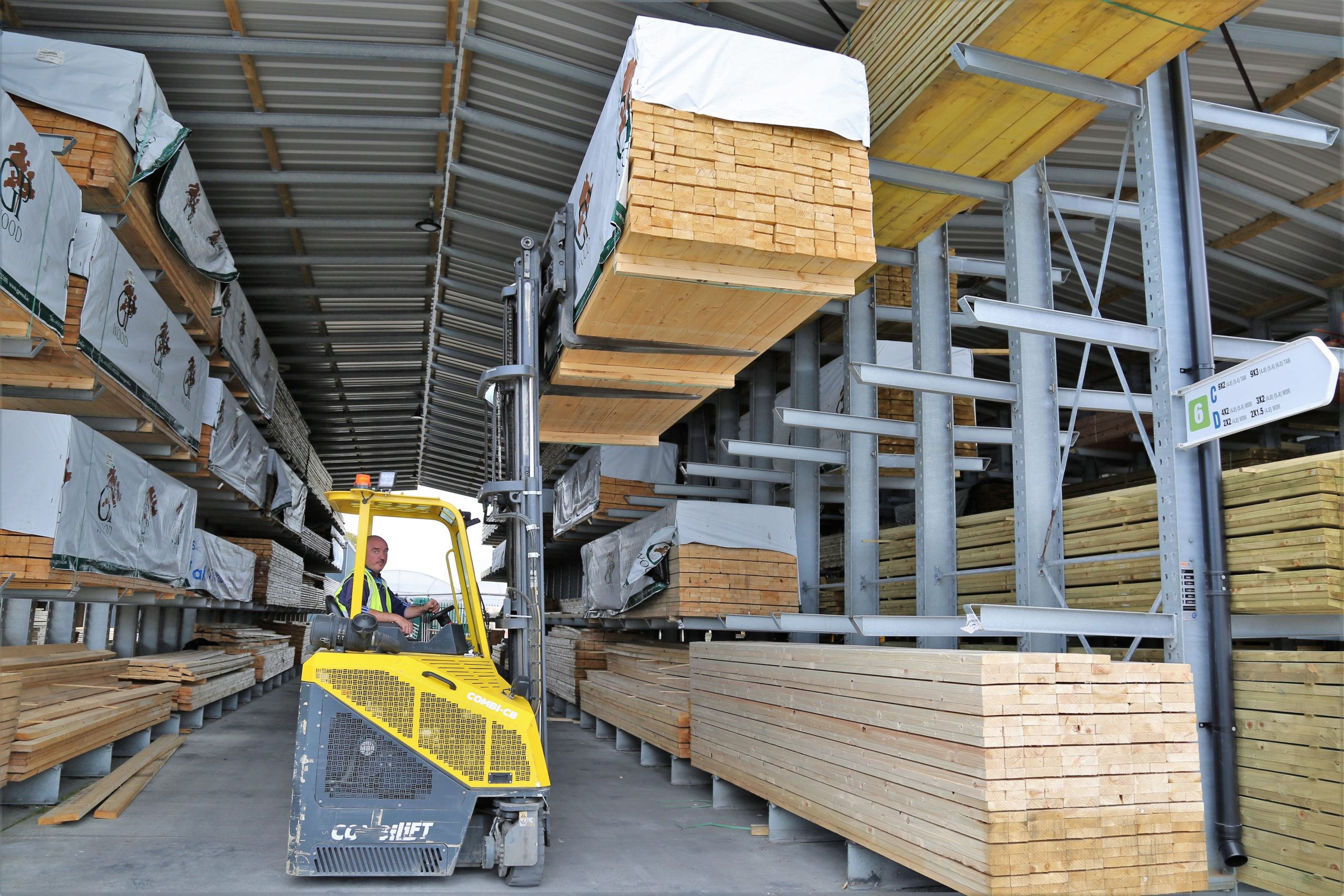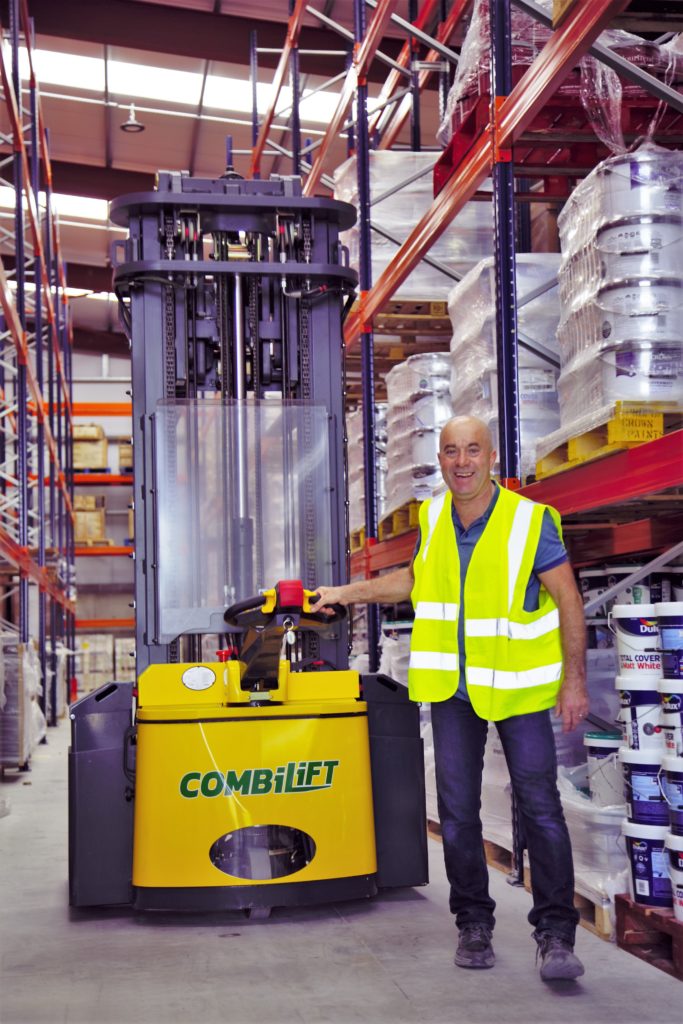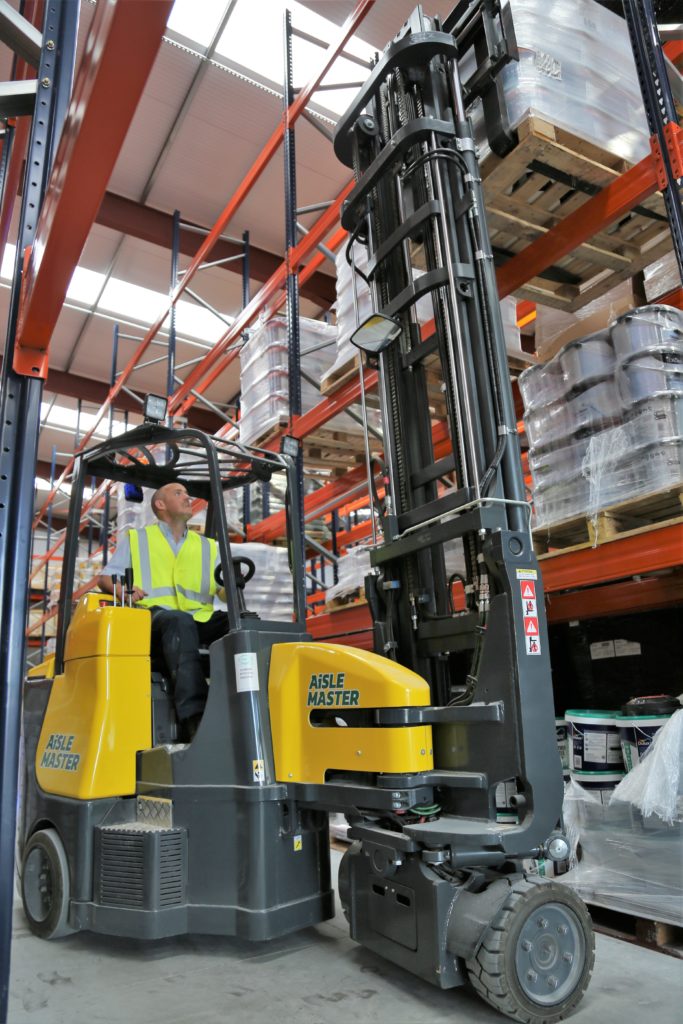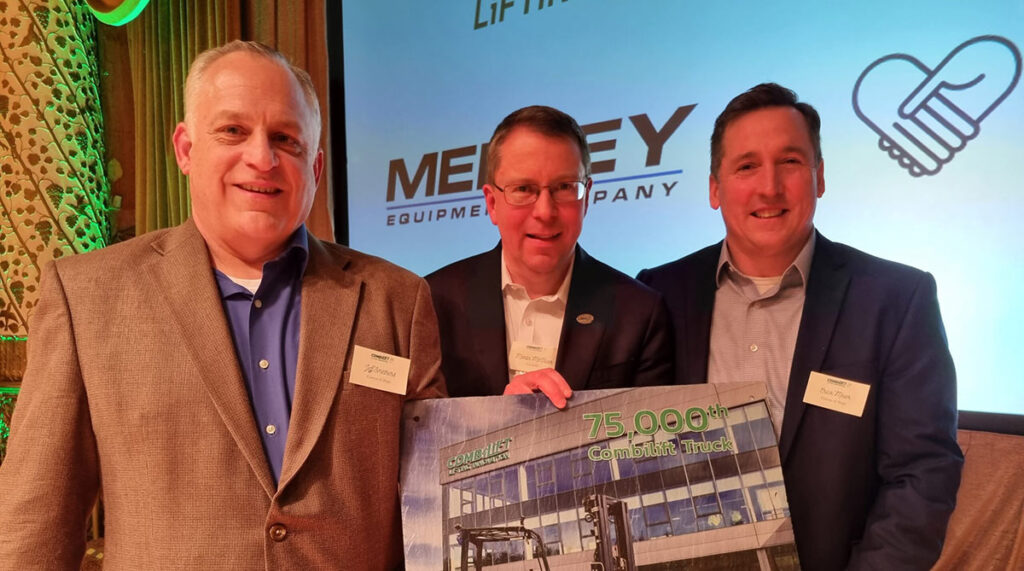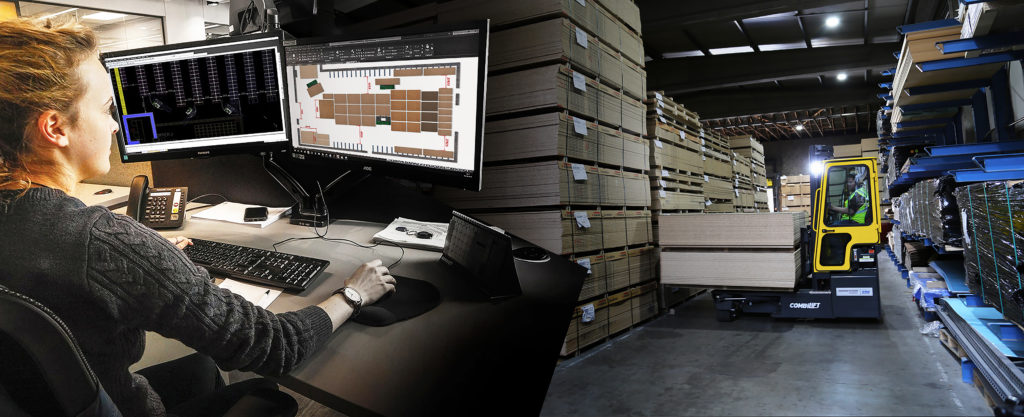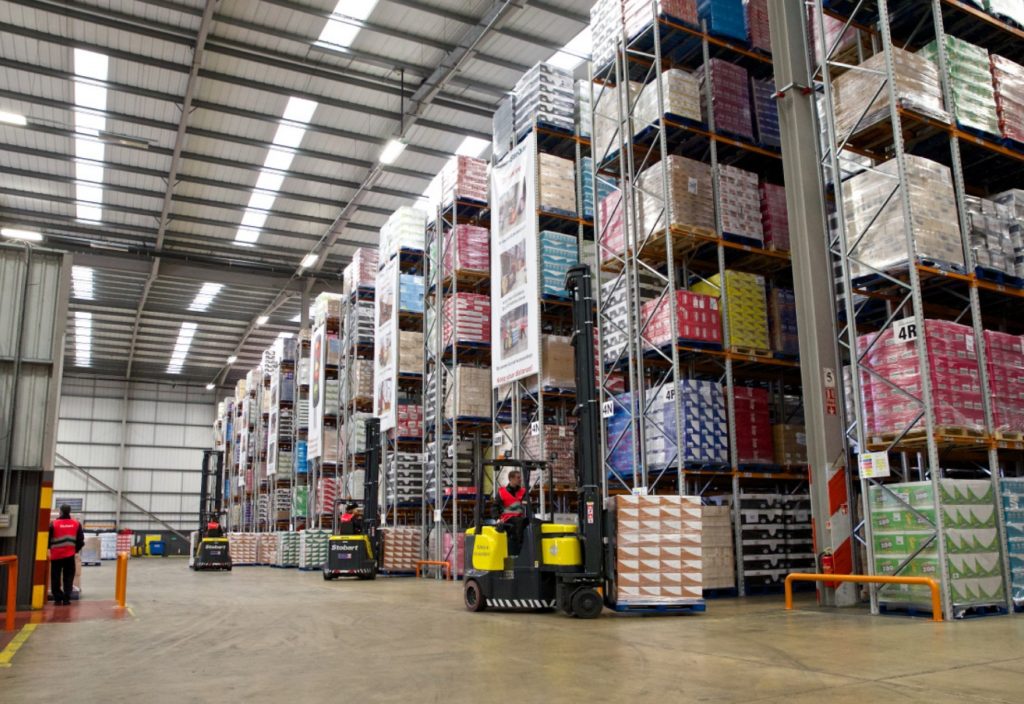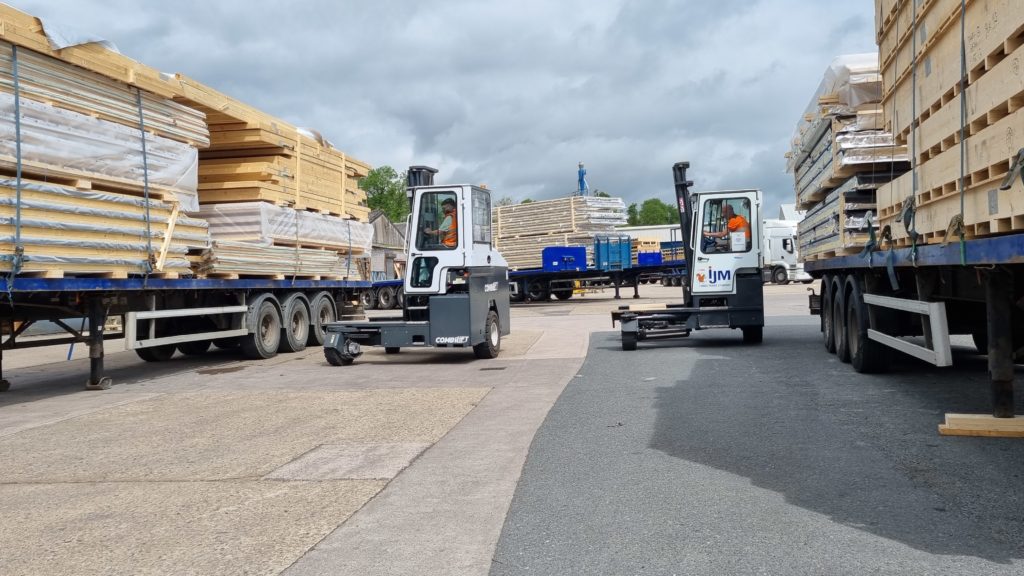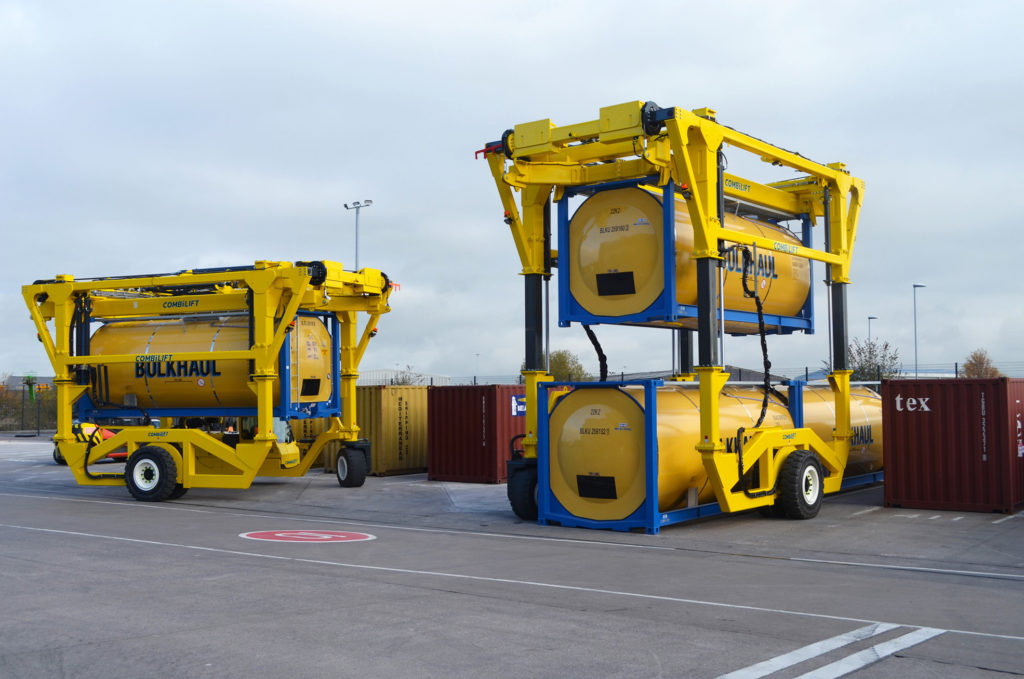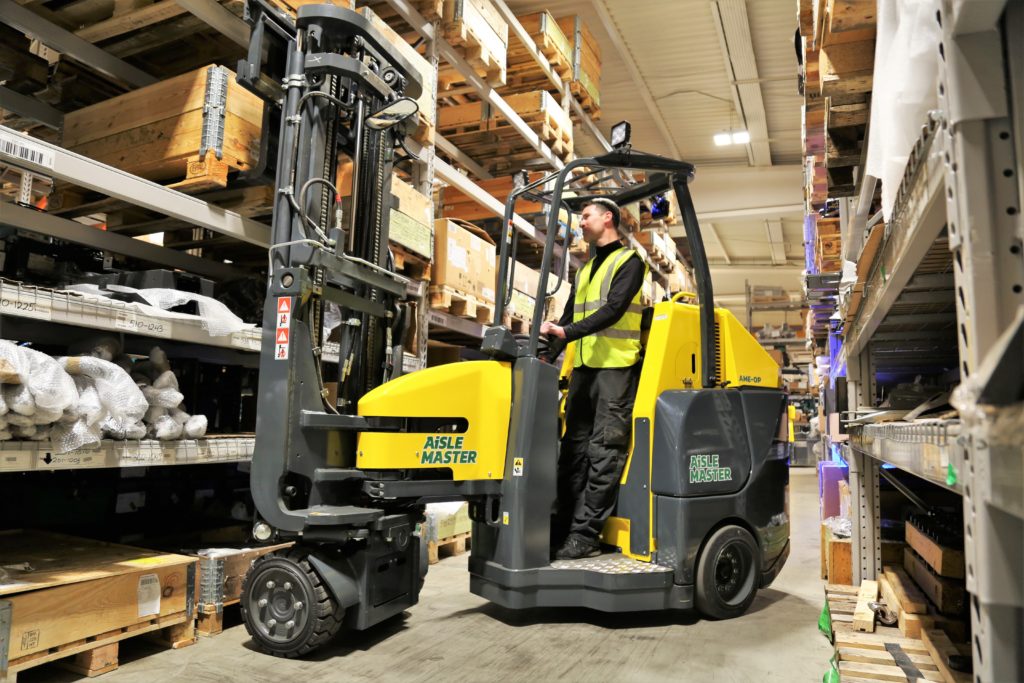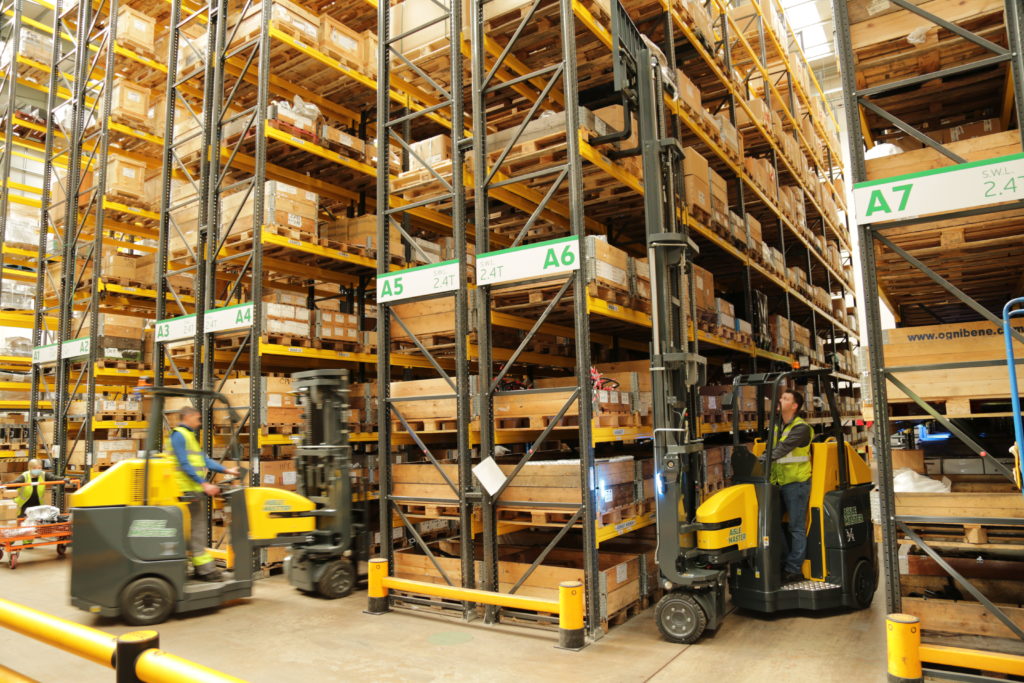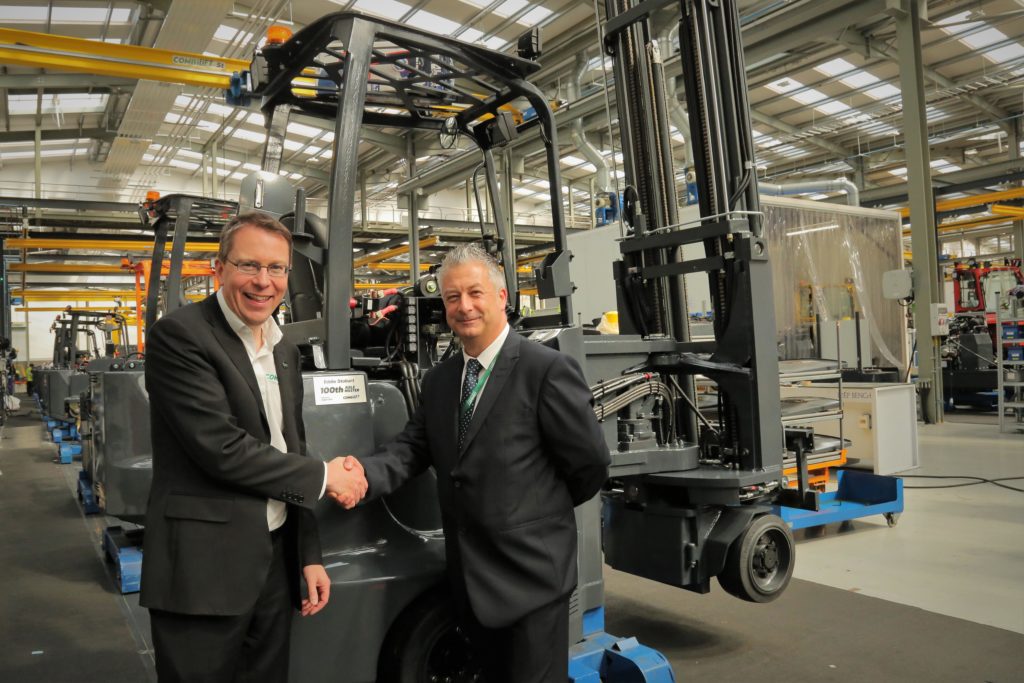Safer operations, space saving and enhanced productivity can all be achieved just by evaluating and rethinking the systems you have in place for moving products around your premises.
When Combilift was established in 1998, my aim and that of Technical Director Robert Moffett was to design a machine that would revolutionise conventional methods of handling, storing and manoeuvering loads – particularly long products. The basic concept of our first model, the multidirectional C4000, was the truck’s ability to change the direction of the wheels at the touch of a button, switching from forward to sideways travel mode. The benefits of safe/space saving transportation of long and bulky loads, inside and out and on less than perfect terrain, were immediately recognised by many industry sectors. The once humble and often overlooked forklift truck was elevated to a prized asset that transformed a business in terms of safety, efficiency and profitability.
Since then, and often based on feedback from customers, we have expanded our range to include pedestrian stackers, sideloaders, straddle carriers, Aisle Master and narrow aisle forklifts. We introduce at least one new model every year and are the largest worldwide supplier of customised and specialist handling solutions, with lift capacities from around 1t to over 100t. We see Combilift however not just as a manufacturer of equipment but also as a partner for our customers to enable them to maximise one their most precious commodities, namely space. All our products are designed to work in the smallest footprint possible for their size and design, and the continued demand for warehouse space due to the unstoppable growth of e-commerce coupled with ever rising utility costs means that space optimisation is now more important than ever.
Companies in the hardware, DIY and building materials sectors need to handle products of all weights and dimensions, and many have ditched their so-called conventional trucks in favour of Combilift models. Galway based Joyce’s Hardware & Home is one of the leading home suppliers in the West and a long-term Combilift user. It is a prime example of how choosing the right equipment has enabled the company to thrive by optimising its storage facilities for better capacity, allowing quicker loading and offloading for faster turnaround whilst ensuring safe operation across its extensive 9-acre site.
Director Jim Joyce: “We got our first C-Series multidirectional truck around 15 years ago to work in a new timber warehouse that had been fitted with racking. We found it to be very versatile and safe, ideal for handling long loads in the aisles as well as for yard loading/unloading. Following that we acquired a counterbalance design Combi-CB model, which is compact in size but its 4-way capability makes it very versatile and the drivers love it. Last year we took delivery of an Aisle Master articulated truck to work in a new 3,000m² warehouse of which 2,000m² is racked.
Jim Joyce noted:
“Due to the truck’s narrow aisle capabilities, we were able to create 2,400 pallet spaces – with our old trucks we’d have been looking at just 1,800 spaces.””
“Just a few weeks ago our Combi-WR pedestrian stacker arrived. We chose this in part because it enables fast movement of pallets for loading, and with the operator working from the side of the unit rather than the rear it’s very safe – and safety is priority number 1 for us. So we now have four machines from Combilift to keep our vast range of over 30,000 products on the move. These are as diverse as they come; slates, roofing materials, timber, insulation, fertiliser, bathroom fittings, internal doors, carpets – to name just a few.”
The two most recent models acquired by Joyce’s Hardware & Home are electric powered, and we are seeing more and more customers opting for electric fleets as they commit to sustainability and a lower carbon footprint. Over 60% of the trucks we manufacture are electric, with availability in almost all models across our range.
My next article will take a more detailed look at the advantages of switching to electric power.
